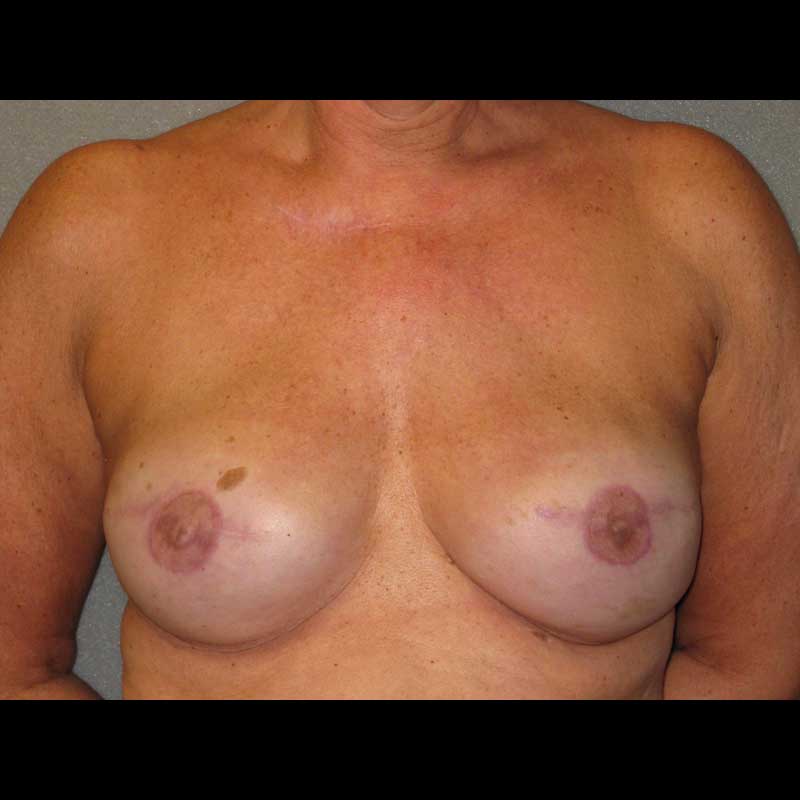Summary
A tissue expander is placed during a first stage procedure to slowly expand soft tissue to create a large enough pocket to hold a permanent breast implant when there is insufficient skin to restore the volume and shape of the breast. The expander is partially filled with saline when it is first placed to provide the beginning of a breast contour. During office visits in the weeks after surgery, the expander is filled with increasing amounts of saline until it reaches the desired volume. The tissue expander is replaced with a final breast implant during a second stage procedure.
Types of procedures
- Prepectoral expander placement: In patients with healthy skin after mastectomy, a tissue expander can be placed in a more natural position over the pectoralis muscle (OTM). A biologic tissue matrix is wrapped around the expander to provide soft tissue support in these cases.
- Subpectoral expander placement: Placing a tissue expander under the pectoralis muscle (UTM) provides better protection and patient outcomes when there are concerns about skin quality after mastectomy. The lower portion of the expander may still be supported with a biologic tissue matrix if needed.
Procedure details
- A tissue expander is a temporary implant with a built-in fill port
- Expanders can be placed over or under the pectoralis muscle
- Saline is injected through the expander port during office visits after surgery
- Patients can decide when they are happy with the volume of the expander
- Once expansion is complete, the final implant is placed during an outpatient procedure
Risks & Benefits
Placing a tissue expander requires good quality skin at the mastectomy site. Most women who undergo mastectomy are candidates for staged tissue expander-implant breast reconstruction. This approach is ideal for women who do not want to have a natural-tissue flap procedure or for those who do not have good flap options for breast reconstruction.
Frequently Asked Questions
How long does it take to fill the tissue expander?
During the healing process after surgery, tissue expansion is done in the office at intervals ranging from one to three weeks. Each expansion takes about one minute. We can plan the second stage of reconstruction once we’re reached the desired volume.
Is tissue expansion painful?
The patient’s skin tightness limits the amount of saline that can be placed in the tissue expander at each visit. Most patients have minimal or no discomfort associated with the expansion process.
If I need chemotherapy can I still have tissue expansion?
Expansion sessions can be coordinated with chemotherapy treatment. However, the second stage of reconstruction must be delayed until after chemotherapy has been completed.





